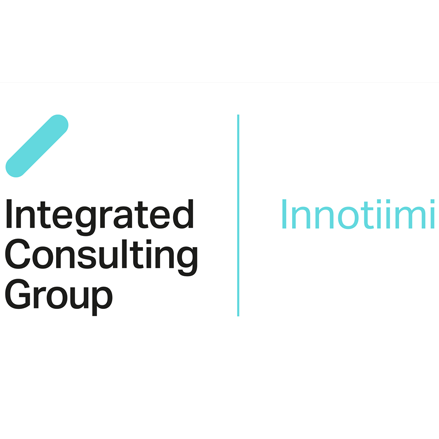
When software developers got tired of projects running late, at the same time failing budgets and customer expectations, they didn’t ask their bosses what to do. Instead, they created a bottom-up revolution that set the course for a different way of working that has since focused on self-organization. So, dealing with complexity and speed requires a new set of leadership skills – and letting go of familiar ones.
The pull principle
Most of us do not like to be told how to do our job; we would rather find our individual way of doing things, drawing on our own motivation and expertise, reaching our goals and experiencing success. People who work in an agile environment are used to »pulling« the next item that needs handling from a backlog, i.e. a list of functionalities or tasks prioritized by their customers. While the customers are the owners of this wish list, the experts are the owners of their self-organization: They decide how to tackle the tasks and how long it will take to get them done.
The pull principle has naturally derived through the methods developed around »agile,« like Scrum and XP. It gives autonomy in the ways of working but isn’t about anarchy at all: There are specific roles and rules and it requires discipline and procedures, like daily meetings (stand-ups) that enable rapid interventions. In this new regime, line managers may feel they have to give up their function and part of their management style. Serving people and processes becomes more important than pushing and controlling the staff. The underlying idea is that delivery can happen fairly soon, thus meeting the customers’ urgent needs. There is no »big bang« delivery after months or years, failing the customer’s expectations following massive investments. By evolving a product or service, pull-by-pull, in close co-operation with the client, the chance of hitting the target has increased significantly.
Why agile?
So why should you even consider »going agile« if it means giving up conventional leadership style? There are at least two aspects. Firstly, it is »quicker to market – speed over perfection.« You start with delivering a minimum viable product (MVP), enabling you to explore how it works with the user. This is customer centricity and risk reduction at its best. Secondly, there are strong voices suggesting that the complexity and speed of our time are increasing, referred to as VUCA (volatility, uncertainty, complexity and ambiguity). These factors make it increasingly difficult to organize everything centrally. More self-organization is needed, which requires more transparency and information. This synchronizes with Generations Y & Z asking for purpose and success, inspiration and trying out, learning and feedback, instead of command and control.
Connecting me and the world
All this corresponds with many people’s feeling of a mismatch between what they expect about well-being and good working, what they experience in the world (tragedies and conflicts) and what opportunities they are offered in companies to demonstrate their passion and competences.
We could try to better match all those aspects, involving our OD and HR departments, creating comprehensive organization guidelines and development programs. Or we could ask the people: »What do you think you can contribute to our organization? What task and role would you like to take on?« And then we could provide information and contacts so they can get a good picture and make the decisions themselves, offering them support if they want.
What changes?
As a leader, what do I have to let go of in order to start being agile?
- Change of attitude: Lose the push attitude and illusion of power: »If I tell them to do it, it will happen.« Use the pull principle instead, trusting in self-organized expert teams.
- Loss of liberties: Agility does not mean anarchy, but asks for process discipline and transparency across the organization. As a leader, you have to walk the talk in order to make it happen.
- Personal influence: You will have to trust in your teams that cope with VUCA that they will serve the customers with viable solutions instead of serving you with performance figures that alienate them from their work.
Ultimately, as a leader, you will be responsible for processes and practices that unfold the enthusiasm and talents of people and opportunities for joint success – and that is a very good reason to rethink your existing leadership skills.

